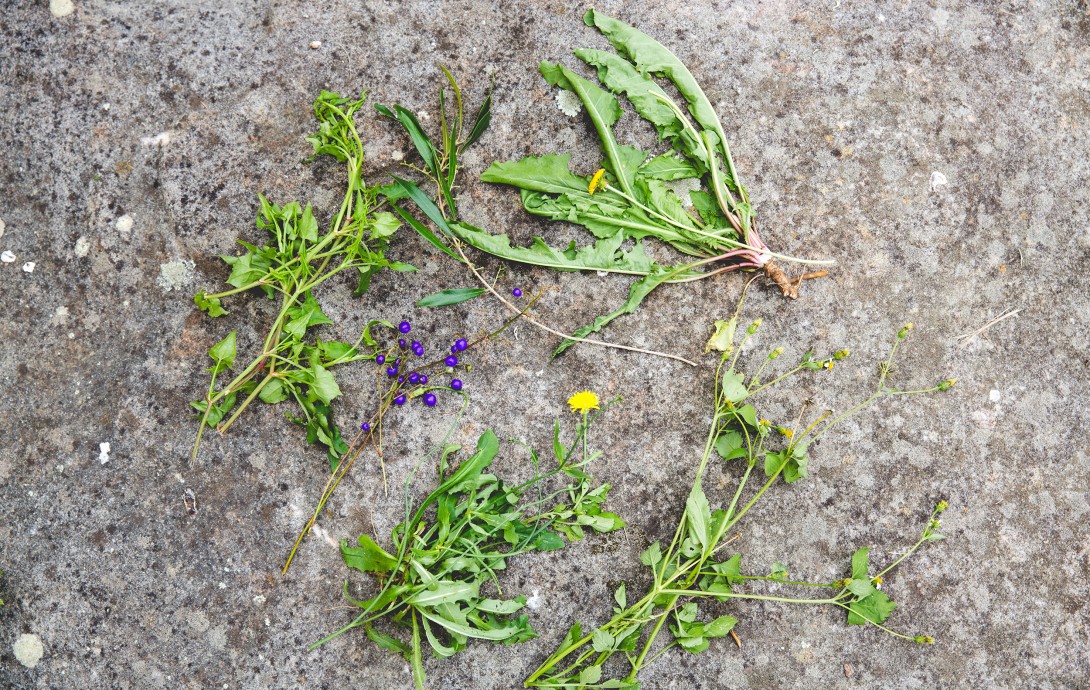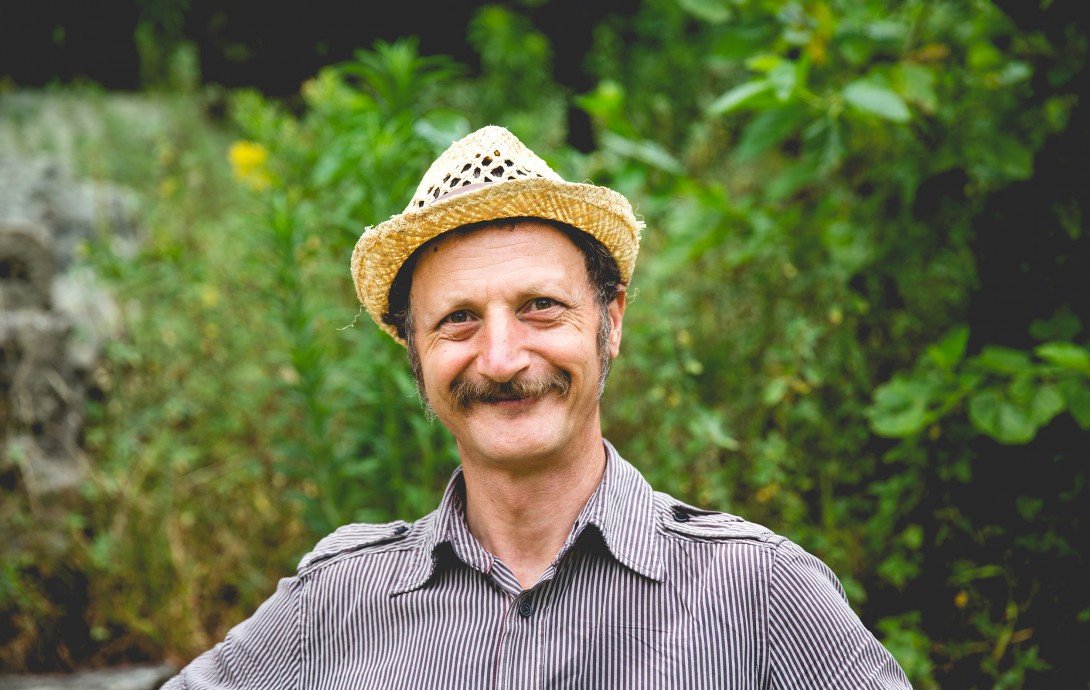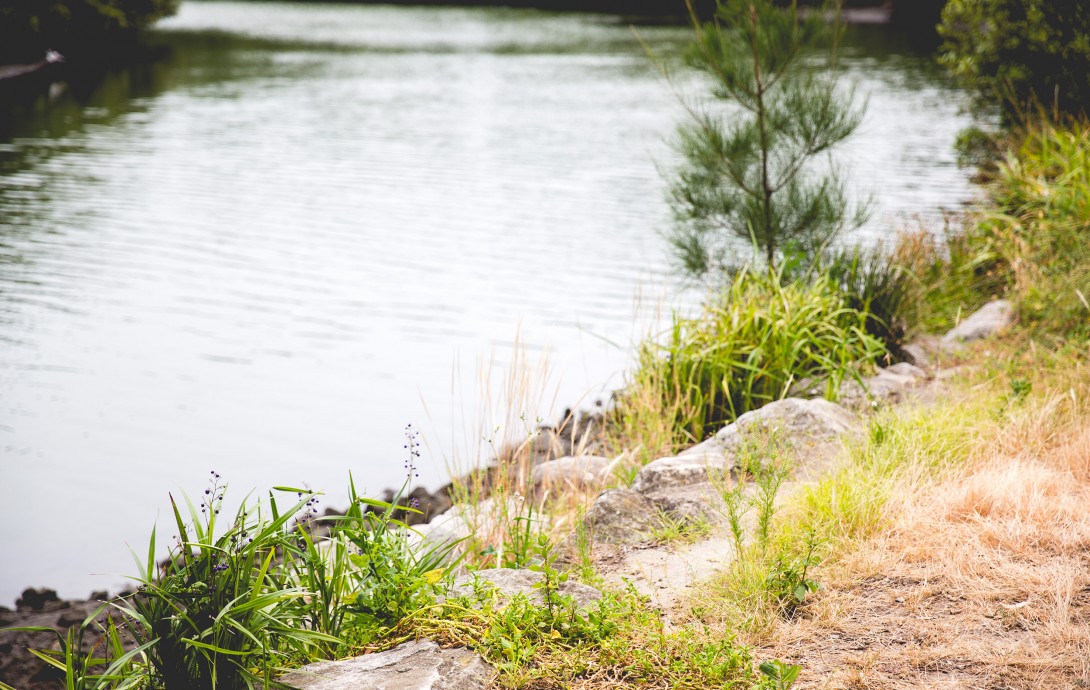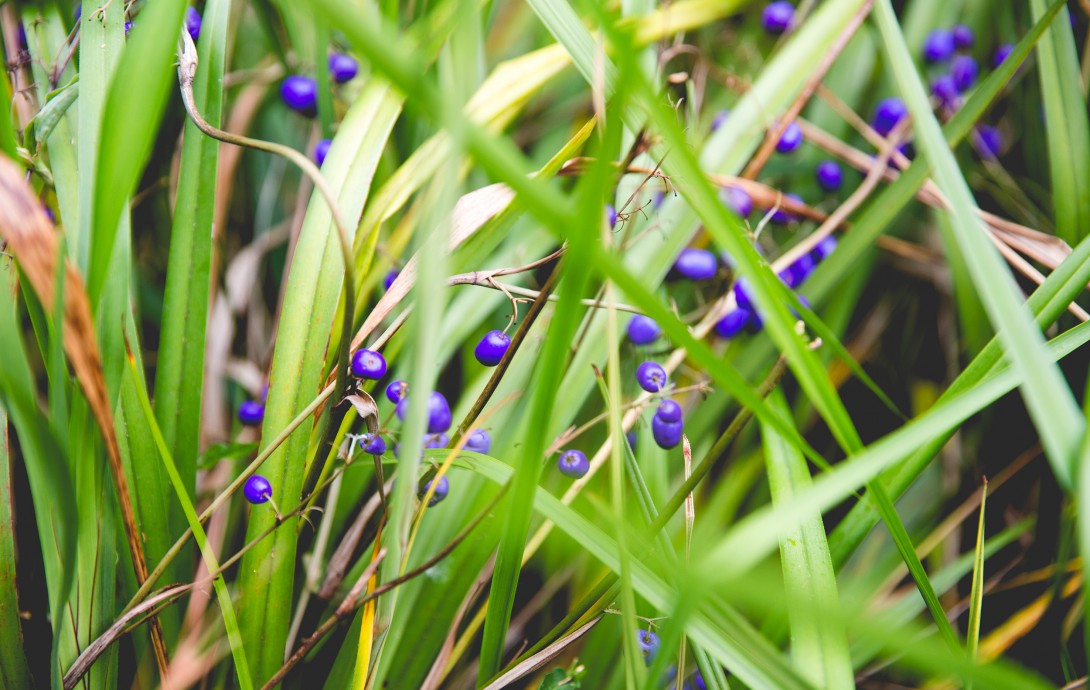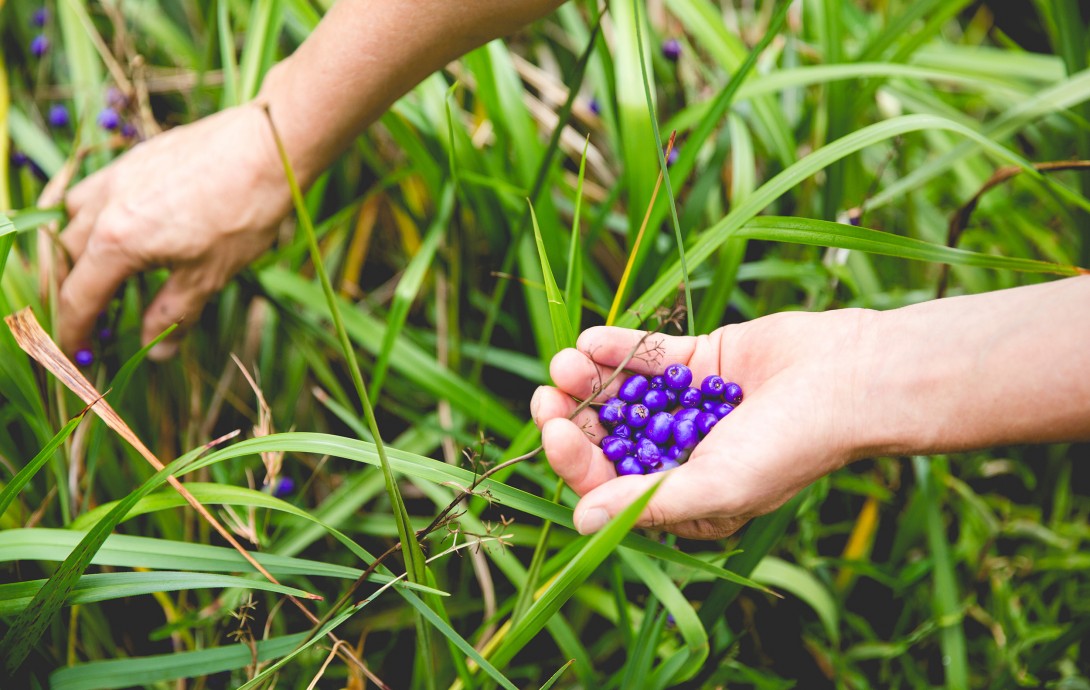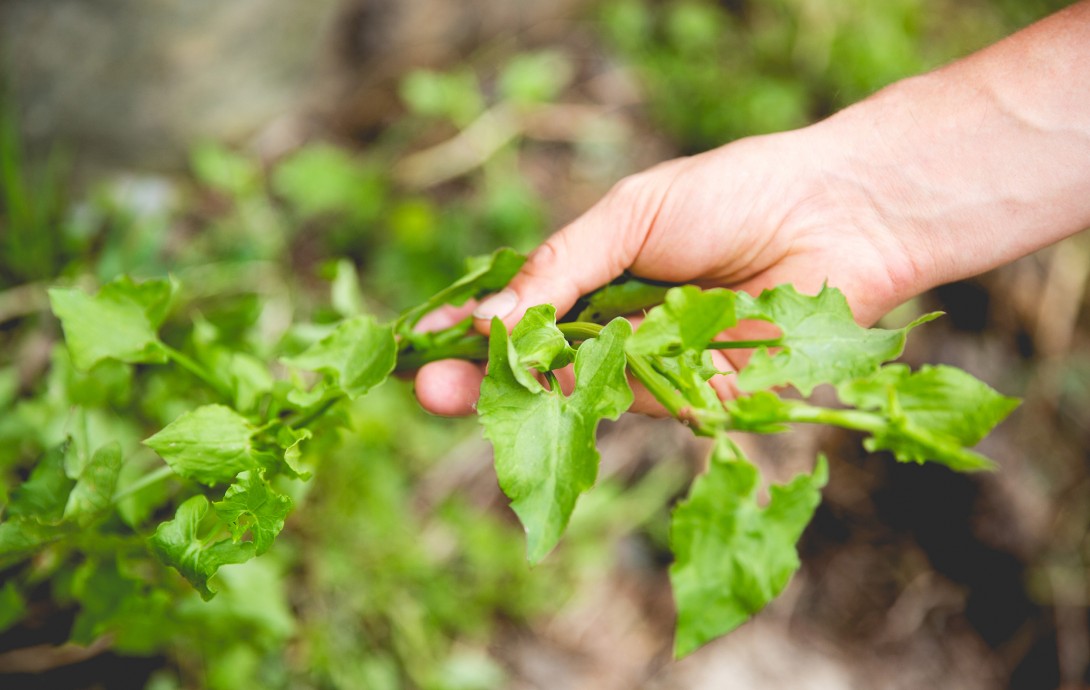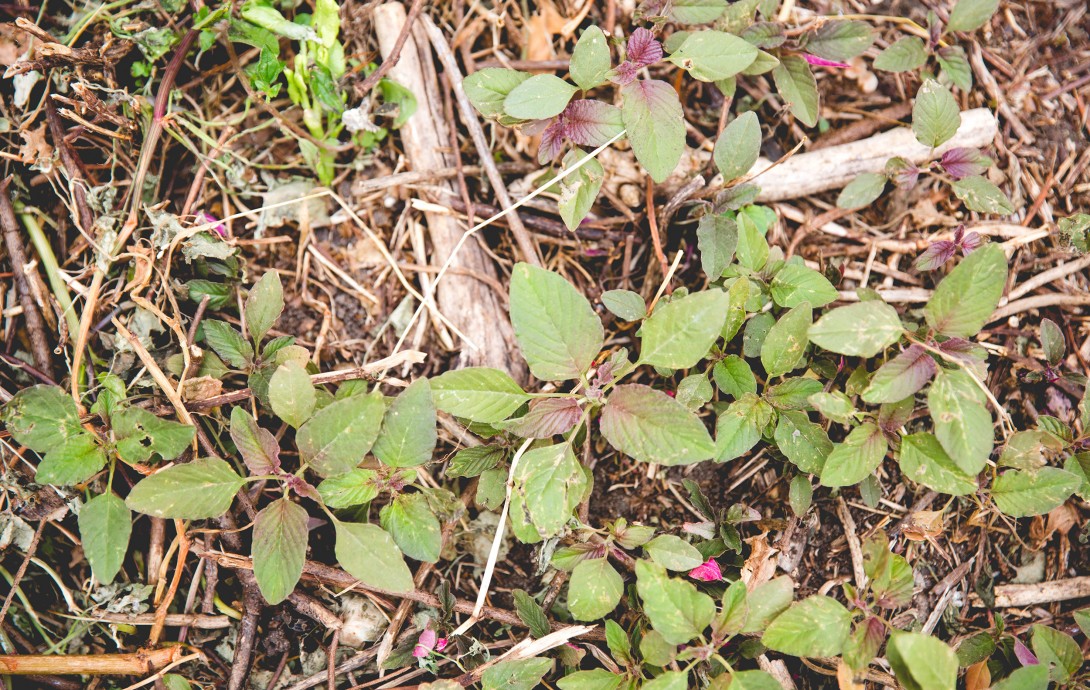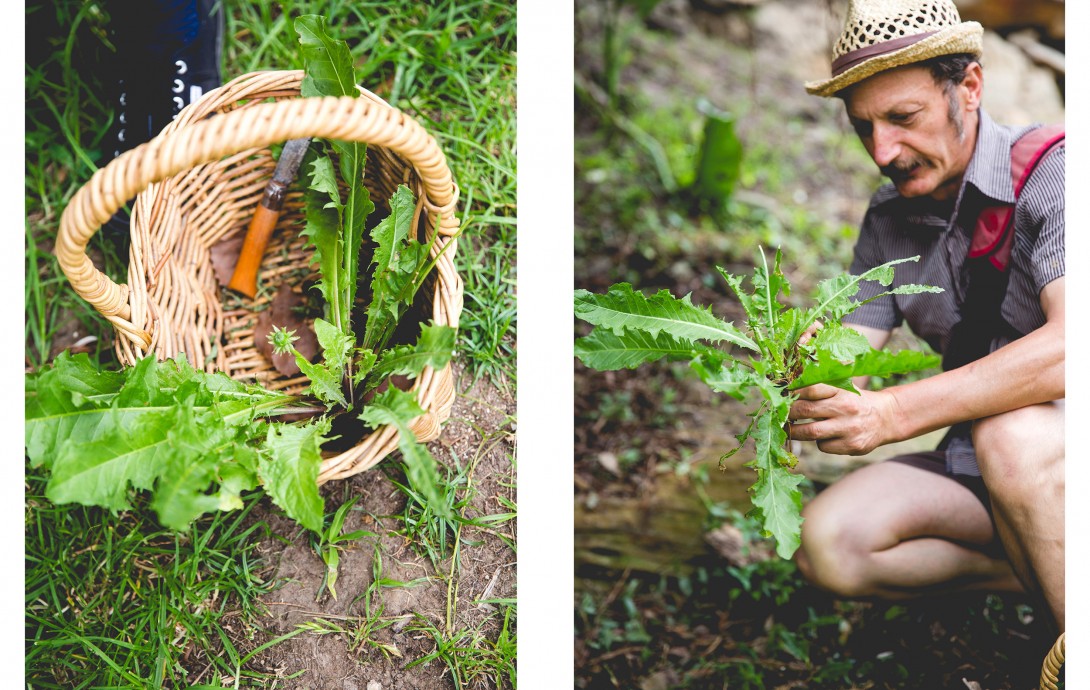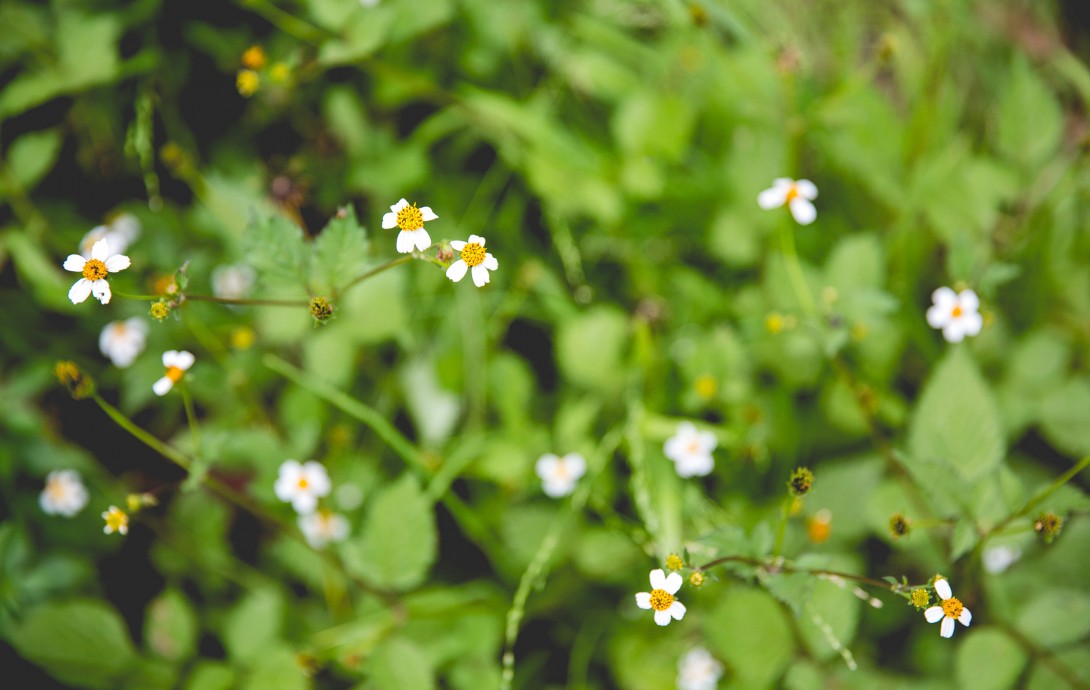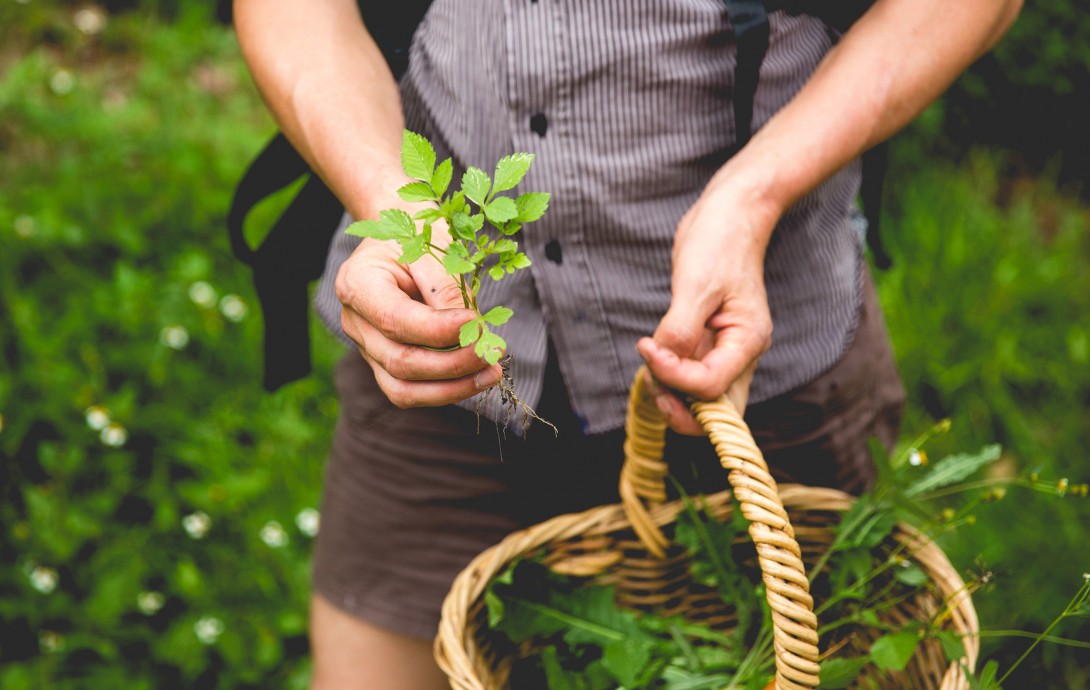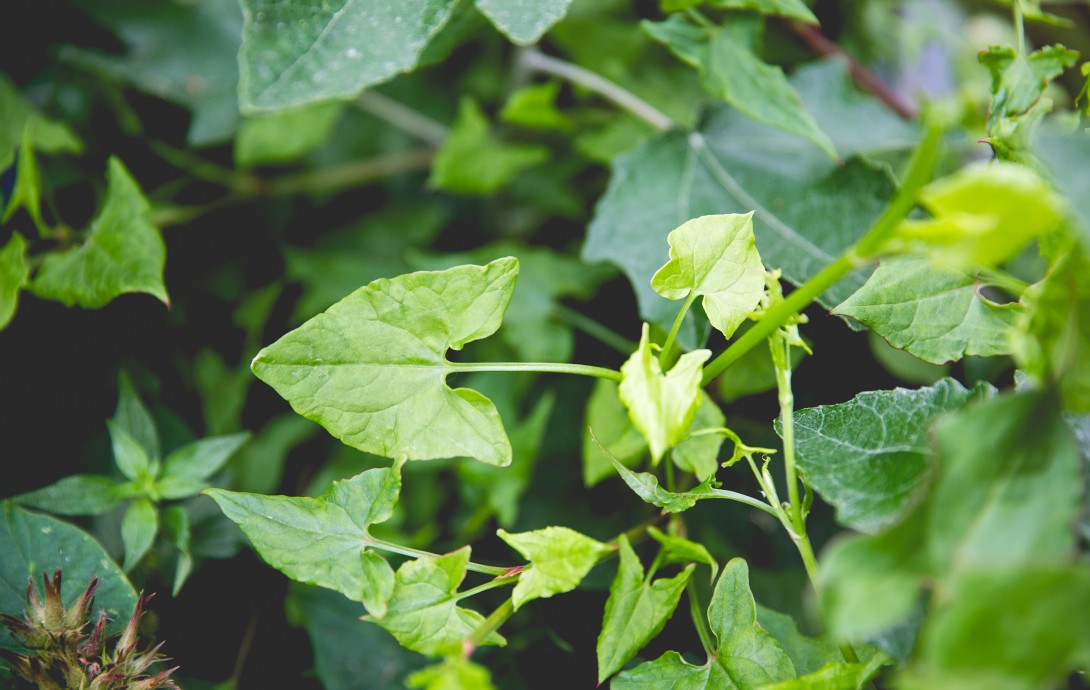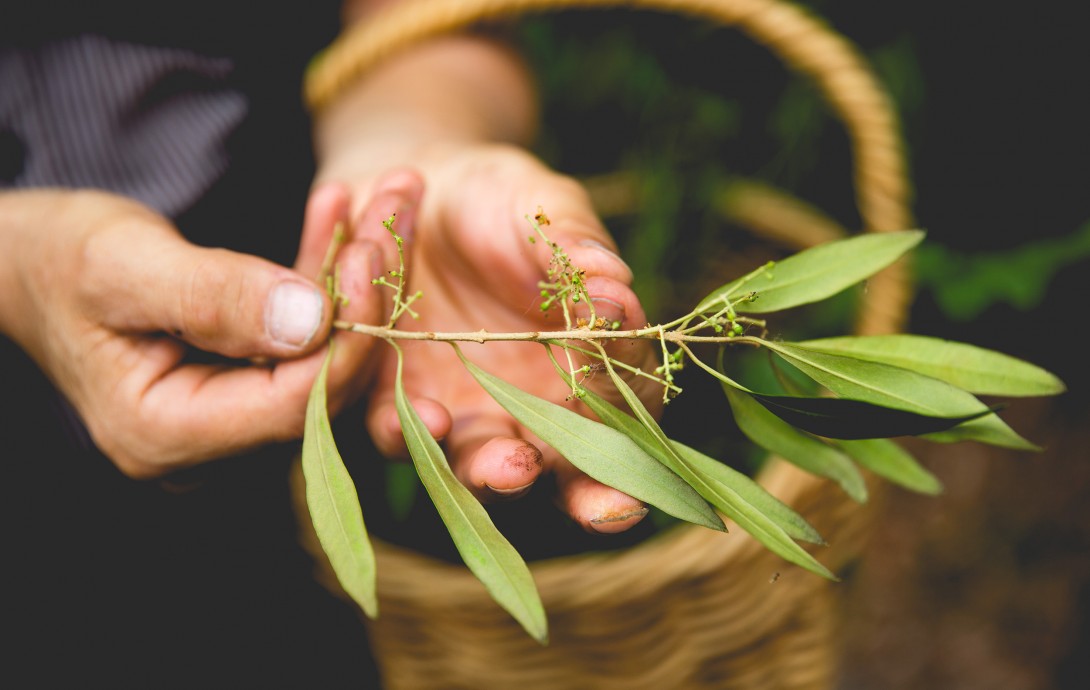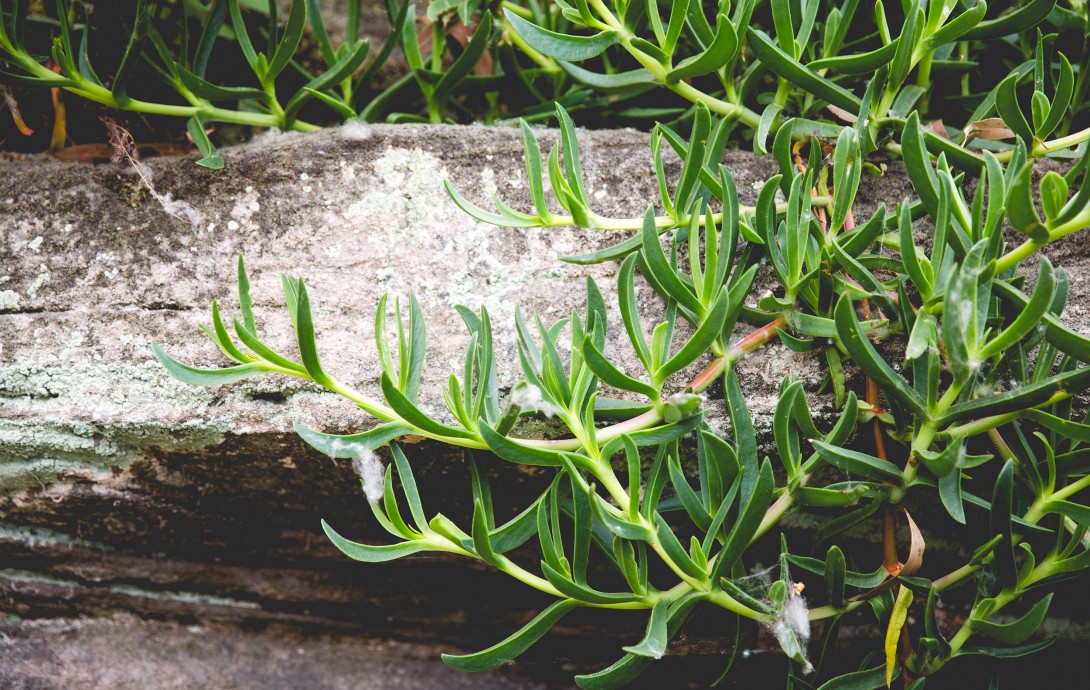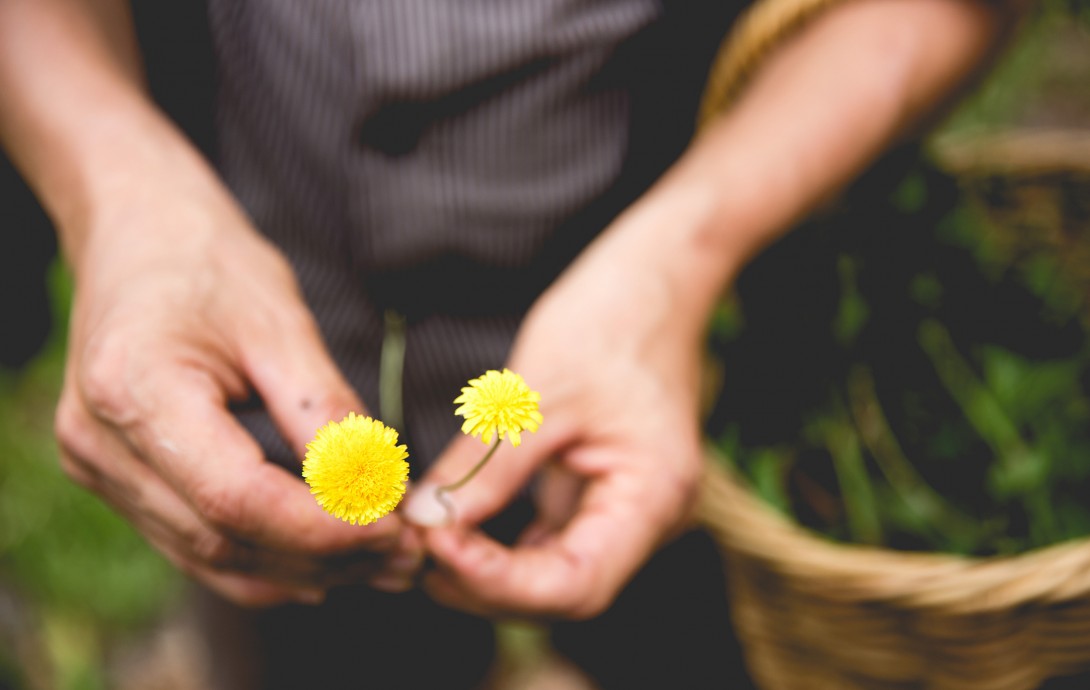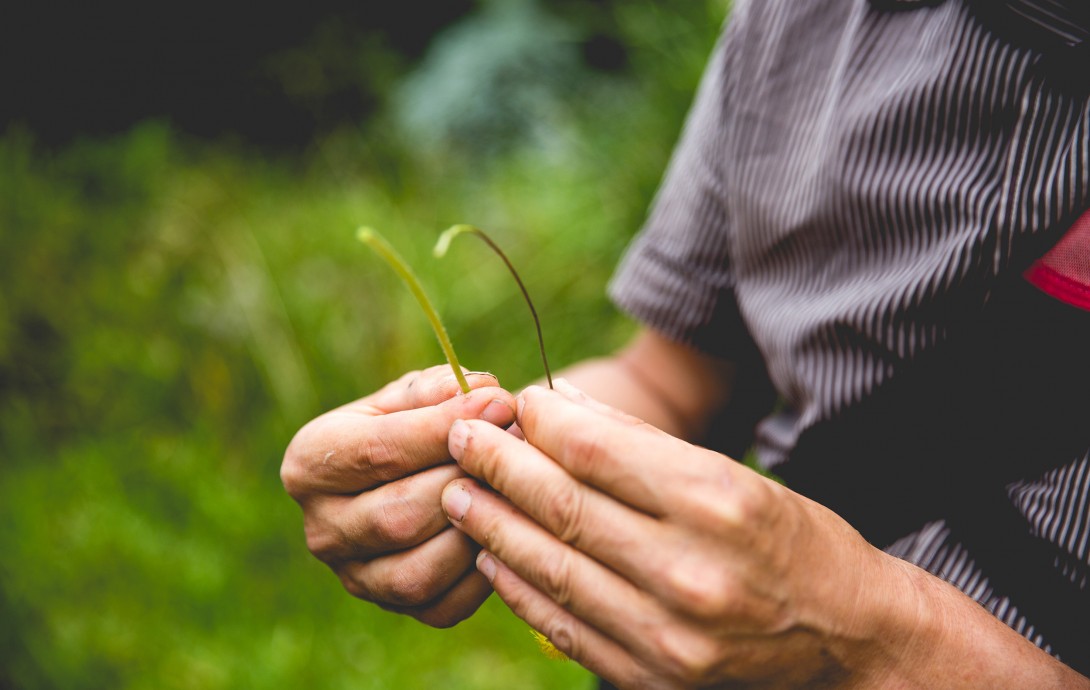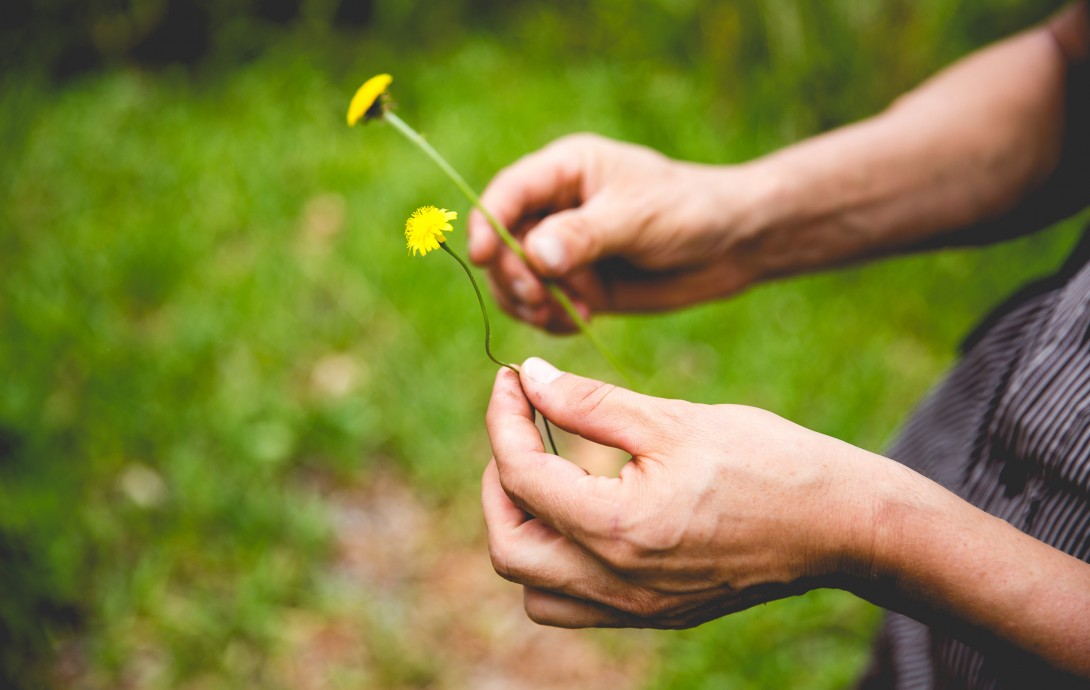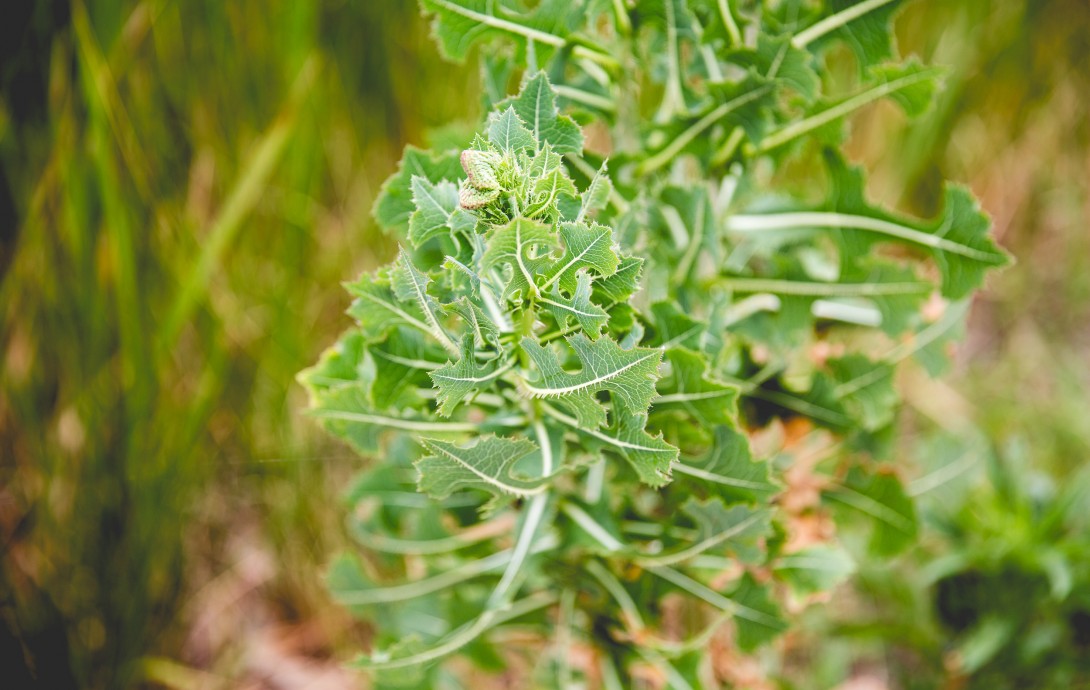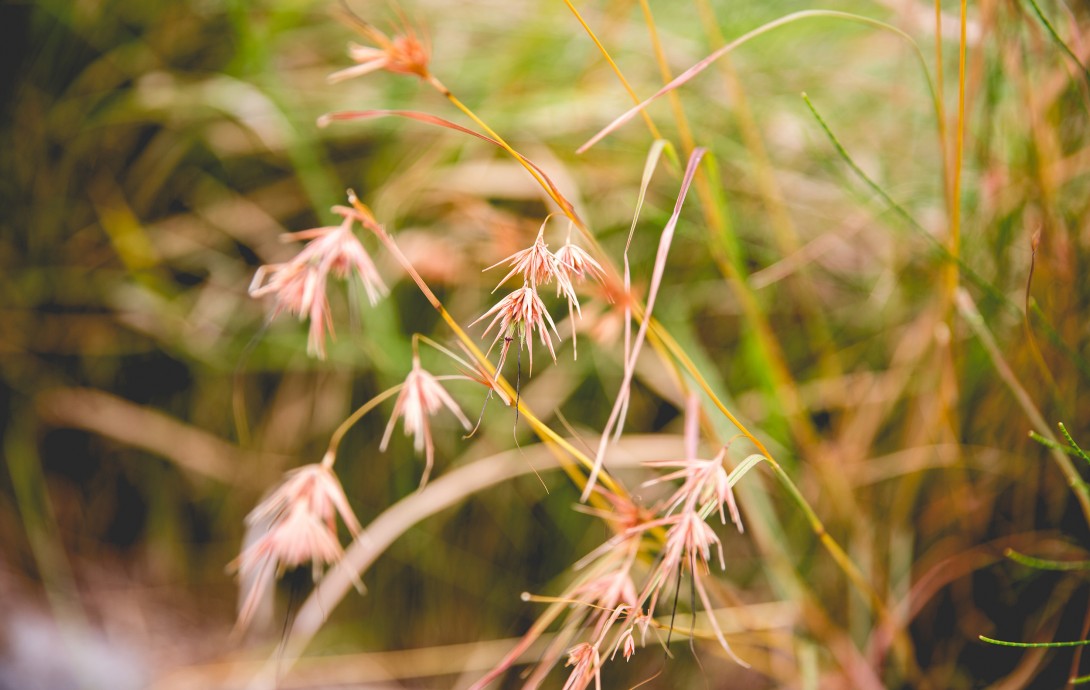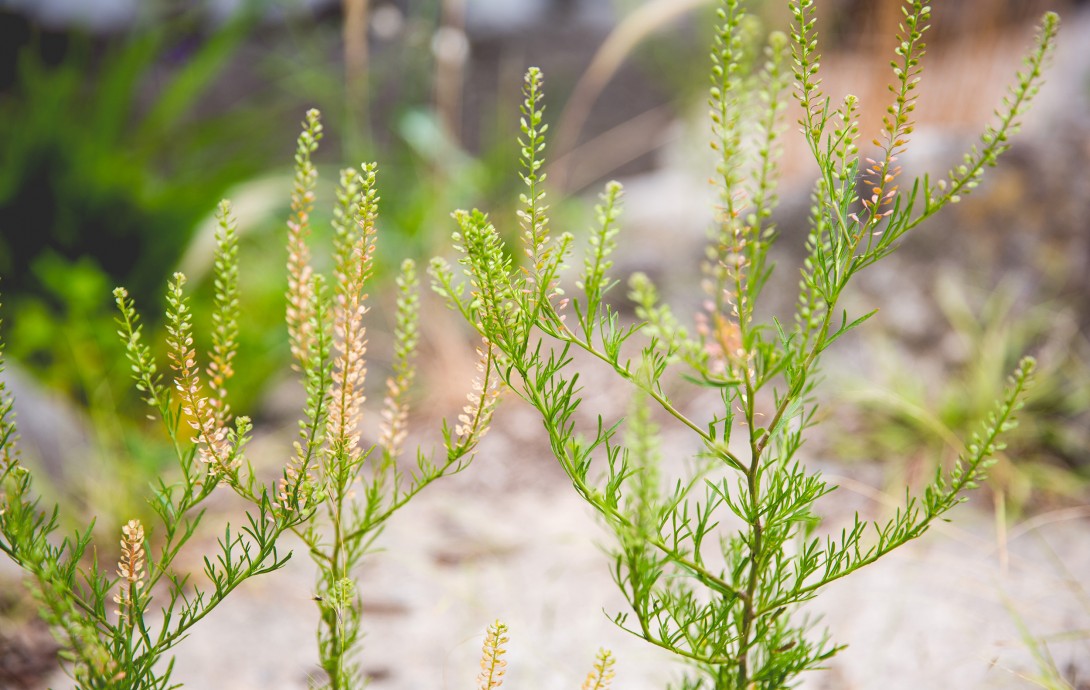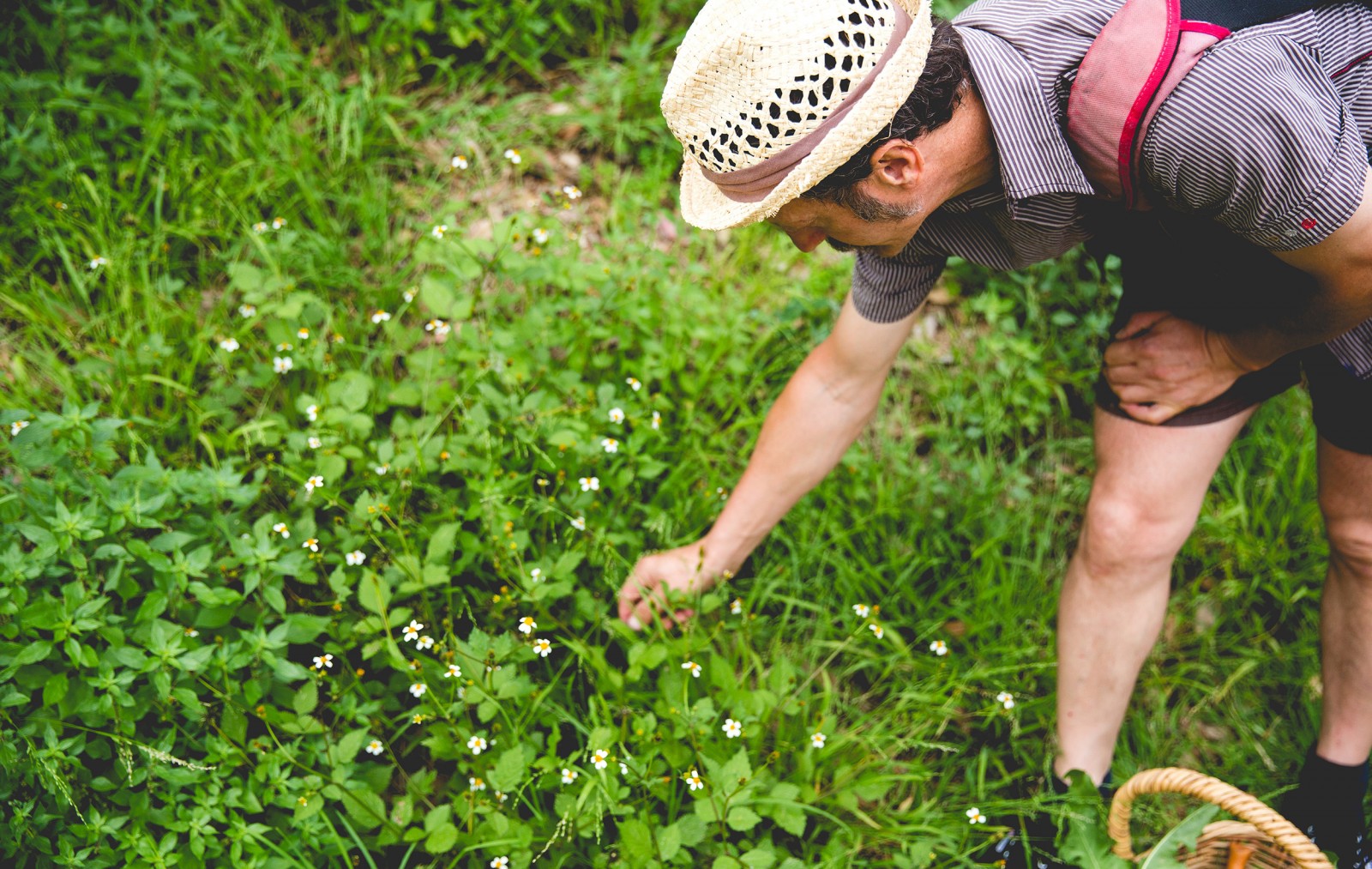
Foraging, food beneath our feet
The pursuit of exciting food is part of inner-city culture. Where there’s population en masse, you’ll find people pushing boundaries for diners. And since the dawn of humankind, where people go, weeds grow. They follow our footprints infesting our courtyards and herb gardens.
Sydney chefs, home cooks and gourmands use that correlation to their culinary advantage, foraging for exotic infestations, then adapting them into artworks on a plate. Eating weeds is an old idea for food lovers. But in the inner city, left-of-centre movements can become household ideas, as chefs and restaurants bring trends such as foraging to a new fore.
Just ask one of Sydney’s most respected authorities on foraging, Diego Bonetto. Wandering through suburban undergrowth with Diego becomes a crash course in environmentalism, history, politics and medicine – succinctly tied together by food.
“Our most important chefs are actually major political influencers now,” he says. “They are hot and they bring relevance to ideas about sustainability, seasonality and local produce. They’re serving up real environmental statements on our tables. Chefs plate them up, and make those ideas look tasty and topical.”
The big names come to mind. Noma Copenhagen’s René Redzepi has inspired chefs worldwide with his commitment to foraging for wild food. Heading down under for a 10-week stint in 2016, Noma’s pop up recently sold out in 90 seconds at $485 a pop. Sydney is listening.
Potts Point’s Kylie Kwong cooks with organic wild weeds from local suppliers. Matt Stone (now in Victoria’s Oakridge Winery kitchen), has long been known for his zero-waste, conscious-cooking ethos, avoiding sending unnecessary waste to landfill. Over at Woollahra’s Pinbone (a restaurant now between venues), Mike Eggert ventured down a more native path with his seaweed vinegar, loquat hot sauce, kurrajong nuts and pine mushrooms.
At Bishop Sessa in Surry Hills, look for wild mushrooms and wild fennel on the menu, with wild rabbit also making plenty of cameos. At nearby Studio Neon, goat’s cheese and wild weeds are proving to be a perfect match. Mark Best at Marque Restaurant in Surry Hills has been slipping saltbush into lamb dishes, and Blue Mountains wildflowers into his desserts. On the cocktail scene, guns-for-hire Trolley’d are making a name with their native-infused creations such as Lemon Myrtle Lemonade.
It’s now Sunday morning, and we’ve landed a few train stations from Sydney’s hip dining scene. Instead, a rabble of overgrown scouts is ambling the banks of Tempe’s Cooks River, fossicking through grassy patches that most days wouldn’t inspire a second glance.
With Diego Bonetto breaking trail, today is different. If these weeds landed in his garden, he’d welcome anything helpful – fennel, mallow, nettle, dandelions and others. Like this riverbank, it’s all harvest to him.
Foraging could be overlooked as another food trend. But none of today’s foragers anticipated finding this much produce to eat.
We pause for a handful of snacks. A patch of long wiry grass is yielding plump purple fruit – dianella berries (dianella caerulea). Block out the paved council cycleway and it starts to feel more like the greater outdoors.
“Shall we stop here?” Diego says. “There’s a bit of everything.” He herds us around another nondescript patch of mixed vegetation.
We find asthma weed (parietaria judaica), rambling dock (acetosa sagittata), red amaranth (amaranthus), plantain (plantago major) and sow thistle (sonchus oleraceus).
“Rambling dock is a lemony weed with quite a citrus flavour,” he says. “It’s great in salads and with fish. The amaranth is a ‘superfood’. It probably came from South America where they’ve cultivated it forever. Plantain is one of the most respected weeds in Chinese Medicine – Aussies call it the bush Band-Aid.”
None of our wild discoveries are left behind. All the greenery goes into a camp steamer to kick-off Sunday lunch. We’re overcoming any ingrained weed phobia, a process Diego says we can start in our own backyards.
He tips chickweed (stellaria media), dandelion (taraxacum officinale) and mallow (malva neglecta) as being easy pickings. But getting to know your local area could see you honing your ability to find something to suit your taste.
“Wherever you live in Sydney, your own garden is the best source of foraged food,” he says. “The first thing you want to be concerned about is a clean environment to harvest. In your own garden, you can recognise all the plants that grow there, you know exactly what’s happening – a clean garden means you’ll have clean produce.
“If you want a specific harvest, there are other great locations, out west, other big areas of land that are not developed, or down south in forestry areas where we find mushrooms.
“And remember, there are cleaner councils than others. The Leichhardt area went about 15 years without using chemicals on weeds. Marrickville Council made a big effort there too. They pay more respect to nature than others and they care about the health of their citizens – plus their citizens can be a bit more vocal.
“Others put everything in the hands of contractual cowboys. I won’t say who they are, but ask your council. Maybe you don’t want to go looking around there.”
START in your own garden and identify a few edible finds, only eating what you recognise.
ASK permission. If you’re harvesting weeds, owners will usually let you take as much as you like, before pointing you towards the next infestation.
BEFORE you pick anything in public spaces, walk around the environment or investigate what sprays are used.
LOOK for big unmanaged spaces. Major stakeholders often don’t have a budget for spraying or upkeep.
Growing up on a Farm in Italy, Diego is bringing traditional ideas to the inner city that have been imparted over time. His awareness came from listening, eavesdropping on an older generation, collecting greens for his elders, then working in orchards and gardens. It’s not about becoming an expert overnight, but recognising three or four species can lead to identifying new ones along the way.
From there, it’s your own wild ride.
